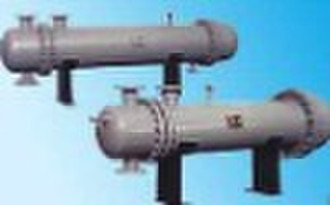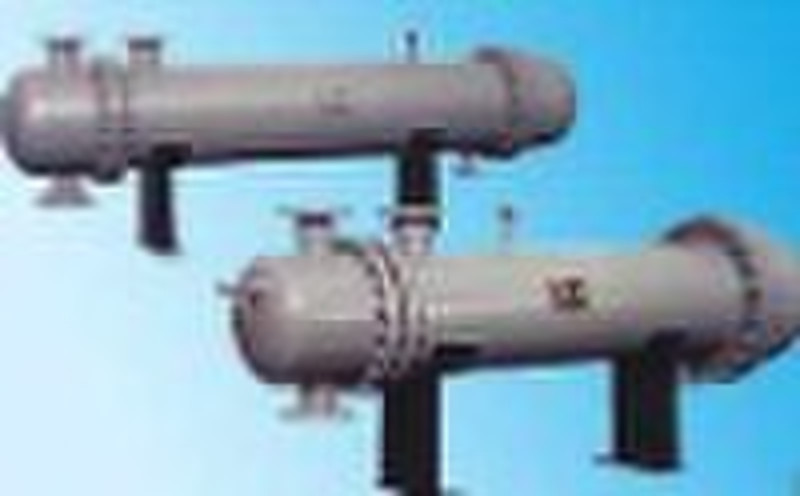Catalog
-
Catalog
- Agriculture
- Apparel
- Automobiles & Motorcycles
- Beauty & Personal Care
- Business Services
- Chemicals
- Construction & Real Estate
- Consumer Electronics
- Electrical Equipment & Supplies
- Electronic Components & Supplies
- Energy
- Environment
- Excess Inventory
- Fashion Accessories
- Food & Beverage
- Furniture
- Gifts & Crafts
- Hardware
- Health & Medical
- Home & Garden
- Home Appliances
- Lights & Lighting
- Luggage, Bags & Cases
- Machinery, Hardware & Tools
- Measurement & Analysis Instruments
- Mechanical Parts & Fabrication Services
- Minerals & Metallurgy
- Office & School Supplies
- Packaging & Printing
- Rubber & Plastics
- Security & Protection
- Service Equipment
- Shoes & Accessories
- Sports & Entertainment
- Telecommunications
- Textiles & Leather Products
- Timepieces, Jewelry, Eyewear
- Tools
- Toys & Hobbies
- Transportation
Filters
Search
Floating head heat exchanger
Harbin, China
86-451-82365024

Yanfeng Li
Contact person
Basic Information
| Place of Origin | Heilongjiang China (Mainland) |
|---|
Overview The Shell and Tube Heat Exchanger is a surface type heat exchanger which uses the wall of the tube bundles enclosed inside the tube as heat transfer surface. It is able to transfer heat between different medium such as steam-water, water-water, and oil-water. It has a wide range of applications in the field of petroleum, chemical, light industry, textile, power plant, central heat supplying, etc. Working principle and features The Shell and Tube Heat Exchanger is composed by tube cabinet, shell, tube bundle, flanges and other major components. One working substance enter the exchanger tube from inlet pipe of head end, while the other substance enter the shell from inlet pipe of shell end and distributing evenly outside the tube. Its flow condition can be adjusted by arranging different types and quantity of baffle plates in the tube bundle according to the technological requirement. The heat exchanging tube can adopt different materials on the basis of technological requirements, in order to ensure the heat exchanging between working substance with different physical characteristics and different temperatures to achieve the aim of condensing or heating. The shell and tube heat exchanger is applicable for the heat exchanging between various types of working substances such as water-water, steam-water, and oil-water. Typical Structures and Features It is made up of tube cabinet, tube sheet, heat transfer tube, shell, traverse baffle or support plate, pull rod, distant tube, hook loop and floating head cover. One end of the tube sheet is fixed on the shell, while the other end (the floating tube sheet) has no binding with the shell, and can freely float inside the shell. This type of exchanger can only apply multi-tube pass, and its space for arranging tube is smaller than that of the fixed-tube heat exchanger, its tube sheet can not used as flange, and it usually has tube slide. Structure drawing of floating heat exchanger Advantages: It won’t produce heat stress. The floating-head can be split and the tube bundle is easy to be extracted or inserted which make it easy for maintenance and cleaning.
Delivery terms and packaging
Packaging Detail: wooden case Delivery Detail: within one month
Port: SHANG HAI, DA LIAN
Payment term
Letter of credit
Telegraphic transfer
-
Payment Methods
We accept:









